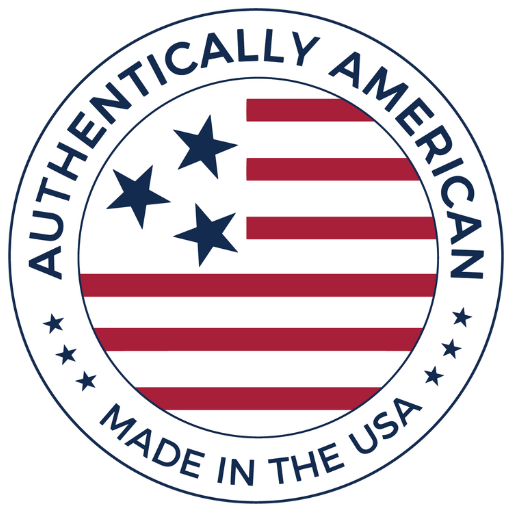Our best-selling socks are knit and grown in the U.S. and are a part of North Carolina's rich hosiery manufacturing history. In the late 19th century, hosiery mills were a part of the textile boom that created entire mill communities across the Piedmont, making North Carolina a manufacturing powerhouse. The first hosiery mill in North Carolina opened in 1890 and by 1953 North Carolina led the nation in hosiery production. Since the machines are smaller and easier to operate, hosiery mills were a game changer for the budding textile industry in North Carolina. The history of hosiery and other textiles is filled with stories of family success, mill communities, and innovation.
Learn the 5 main steps it takes for cotton to go from raw material to yarn:
Harvesting: Cotton grows in warm regions, more specifically the southern region of the U.S. The cotton used for our socks is naturally sourced and blended across multiple states: Mississippi, North Carolina, South Carolina, Georgia, Arkansas, Alabama, Missouri, Florida, and Texas.
Ginning: The process of cotton ginning includes separating the seeds and fibers. This is done by passing the raw material through a series of rollers and saws. By removing the imperfection, the cotton is easier to work with.
Cleaning: Just in case the ginning process misses anything the cotton goes through an extra step of cleaning and carding. This helps align the fibers in the same direction, making the cotton even easier to work with. Raw cotton will pass through a series of machines: one getting rid of dirt and contaminants, another to comb the fibers and align them in the same direction and one last machine to separate the fibers into different groups based on length and strength.
Spinning: The individual cotton fibers are now twisted together to form a continuous strand of yarn. This is done in two stages:
- Carding: combing and straightening the fibers
- Spinning: twisting the yarn
The yarn's strength, elasticity, softness, and thickness are all affected by the amount of twist and speed at which the yarn is spun. The more you twist, the stronger and less elastic and soft the yarn is. The faster it’s spun the finer the yarn will be.
Plying: The yarn is fed into a plying machine that uses a series of discs that twist the thread together. Two or more threads will be twisted together to create a stronger, more durable yarn. When finished it will then be wound into a compacted coil of yarn called Skeins and washed and dried to be dyed.
Now it's ready to become a U.S made sock!
Get started on a custom sock order for your business, organization, or event

